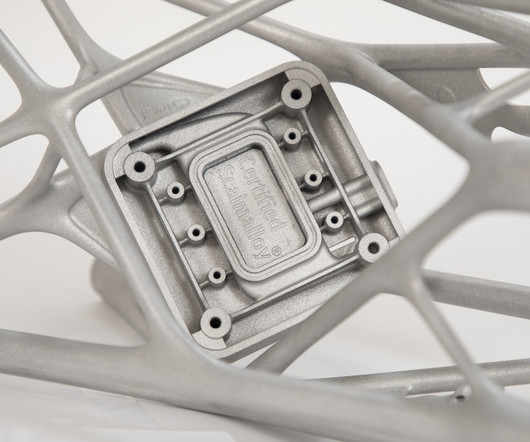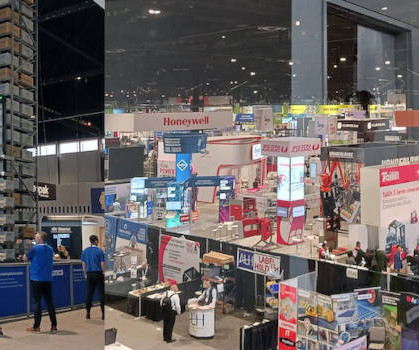How additive manufacturing capabilities can boost Australian aerospace and defence industry growth
Manufacturer's Monthly
MARCH 13, 2023
Key opportunities in defence In the defence sector, the key opportunities identified include: Supply chain disruptions Maintaining a reliable supply of equipment and spare parts is crucial for the proper functioning of operational platforms.












Let's personalize your content